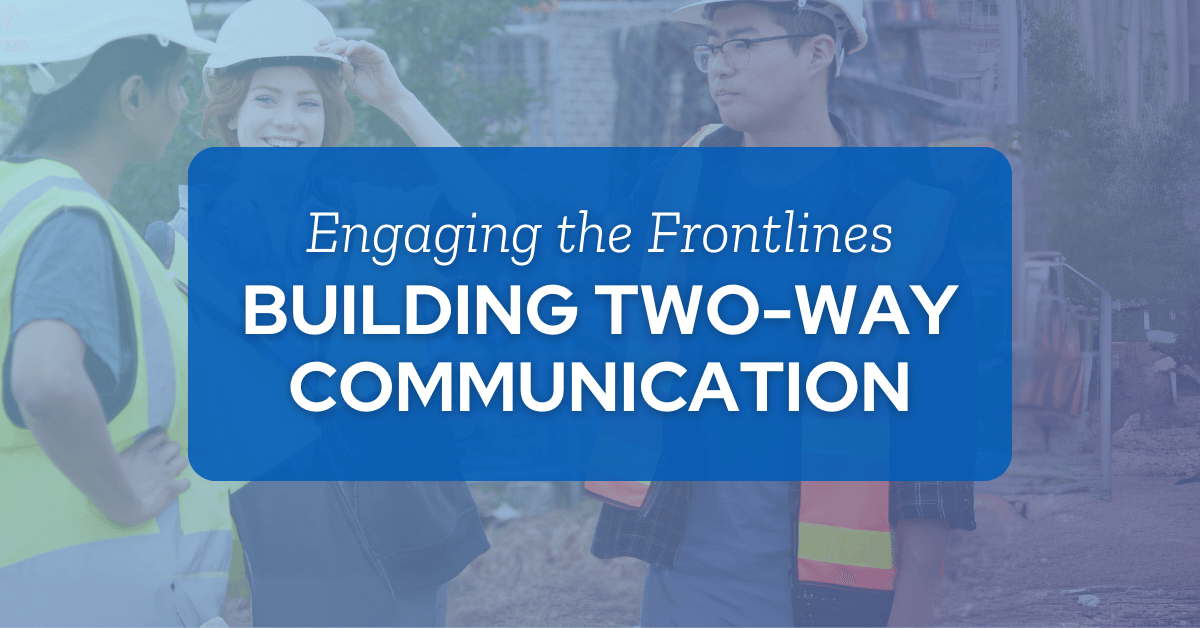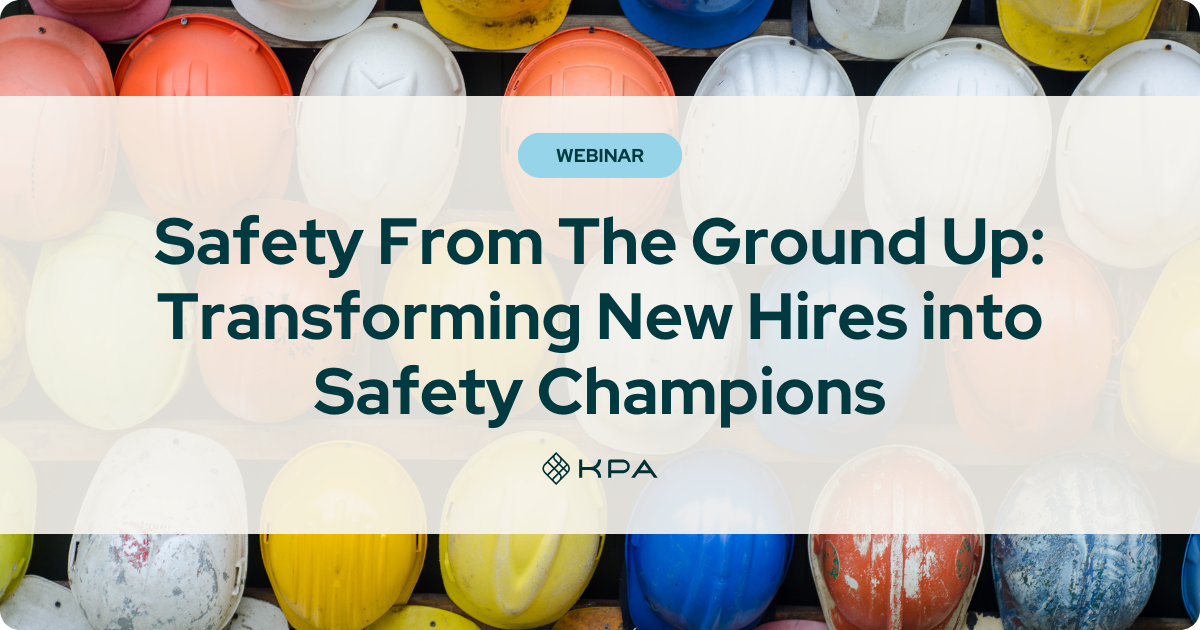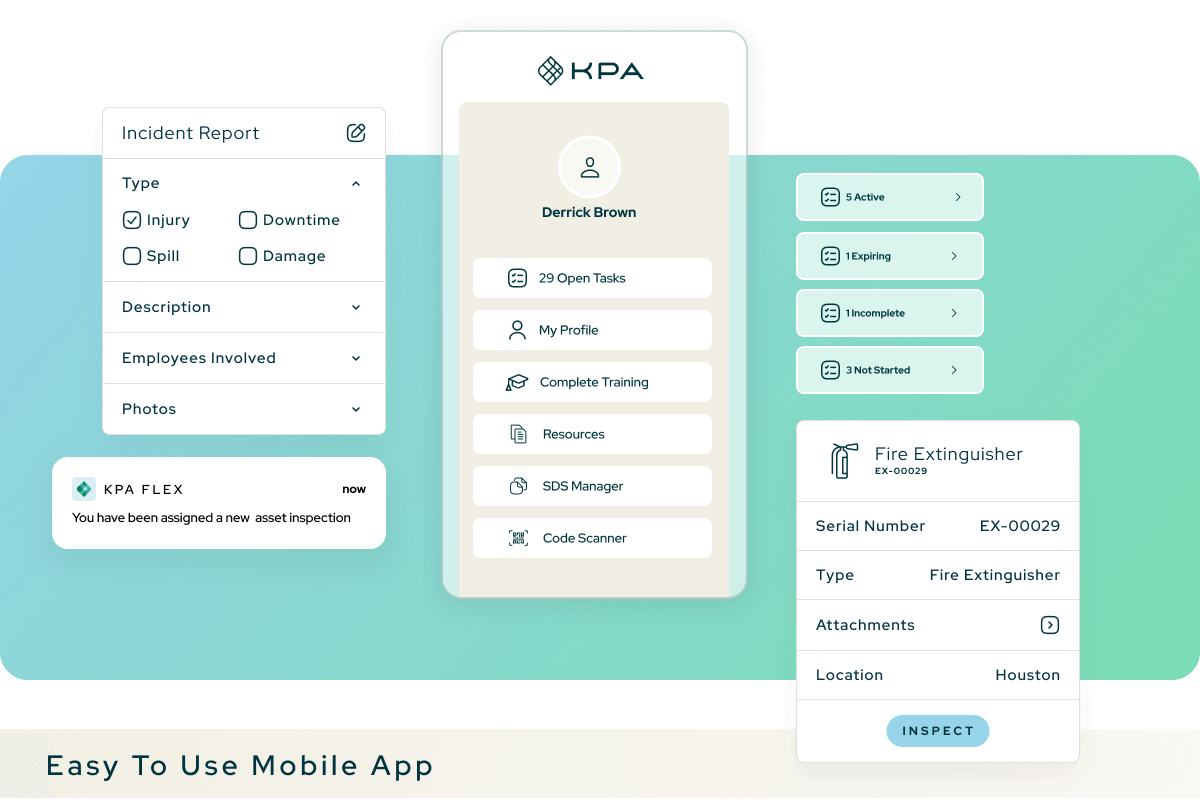In today’s fast-paced industrial environments, effective safety communication can mean the difference between a thriving safety culture and one that puts workers at risk. The evolution of workplace safety communication mirrors the technological advances we’ve seen over the past few decades – but are organizations taking full advantage of these new capabilities?

The Evolution of Safety Communication
Remember the days of thick safety manuals gathering dust on shelves? Pre-2000s safety communication relied heavily on written manuals and occasional instructor-led training sessions. While these traditional methods served their purpose, they often resulted in what safety professionals now call the “black hole effect” – where safety data and communication disappear into an administrative void, never to be seen again.
The early 2000s brought the first wave of digitization with CD/DVD-based training and basic learning management systems. However, these solutions still maintained a one-way flow of information: from management to workers. Today’s industrial workplaces demand more dynamic, interactive approaches that engage workers at all levels.
Modern Communication Strategies That Work
Today’s safety leaders are moving beyond traditional communication methods to embrace technologies that workers already use in their daily lives. Let’s explore three approaches that are revolutionizing how organizations connect with their frontline workers, starting with the most transformative: mobile technology.
As KPA Customer Timothy Shaw from McCumber Well Service explains:
“One of our most successful initiatives has been our Good Catch program, which involves an app where any employee can report a good catch scenario. Each report goes into our database and immediately sends an email to our field operations and HSE managers.” The results? “We have definitely seen more reports and have avoided some potentially bad situations because of those reports. It has also given our managers a way to reinforce good communication and a positive feedback loop between our teams in the field.”

In this webinar, we’ll explore proven strategies to effectively integrate new hires into your safety programs, transforming them into active contributors to a safer workplace.
As KPA Customer Judy DeForest from LDX Solutions shares:
“Our management is on the floor all the time. There is also an open-door policy. They can go right up and talk to our VP… All our employees know their concern gets heard, and they feel respected, as they should be. Without them, we would not have a job.”
As KPA Customer Bill Woods, Director of Safety at American Welding & Gas, emphasizes:
“Management by Walking Around; Communicating safety expectations; Leading by example; Gentle reminders; Accountability.” These principles help create a “Safety Culture that is embraced from top down and vice versa throughout the organization.”
Building Trust Through Consistent Communication
An HSE Administrator in Construction shares this valuable insight:
“Visit your sites daily and establish a safe, trusting relationship with our boots-on-the-ground workers.” The result? “I noticed a reduction in incidents and better adoption of safer work practices as well as better participation in remaining safe and an established safety culture.”
And an EHS Manager in Oil & Gas offers a practical approach:
“Visit your sites daily and establish a safe, trusting relationship with our boots-on-the-ground workers.” The result? “I noticed a reduction in incidents and better adoption of safer work practices as well as better participation in remaining safe and an established safety culture.”
Tools and Technologies for Better Communication
Modern safety communication platforms should offer:
- Mobile apps for real-time reporting and communication
- QR code scanning for easy access to safety information
- Digital forms that can be completed quickly in the field
- Automated notification systems
- Analytics dashboards to track engagement and effectiveness
Measuring Communication Effectiveness
How do you know if your safety communication strategy is working? Look for:
- Increased reporting of hazards and near-misses
- Higher participation rates in safety initiatives
- Improved knowledge retention from training
- Reduced incident rates
- Positive feedback from workers
How KPA Enables Two-Way Safety Communication
KPA Flex provides the tools organizations need to transform their safety communication from one-way directives to dynamic, two-way conversations. The platform offers:
- A mobile-first approach that puts safety literally in workers’ hands
- Configurable forms and workflows that match your specific processes
- Real-time visibility into safety activities across your organization
More than just software, KPA combines technology with expert consulting services to help organizations build and maintain effective safety communication channels that engage workers at all levels.

Remember, building a safety-first culture isn’t a destination—it’s a journey of continuous improvement. With the right commitment, tools, and support, every organization can create an environment where safety is truly everyone’s responsibility.
Related Content
Explore more comprehensive articles, specialized guides, and insightful interviews selected, offering fresh insights, data-driven analysis, and expert perspectives.
